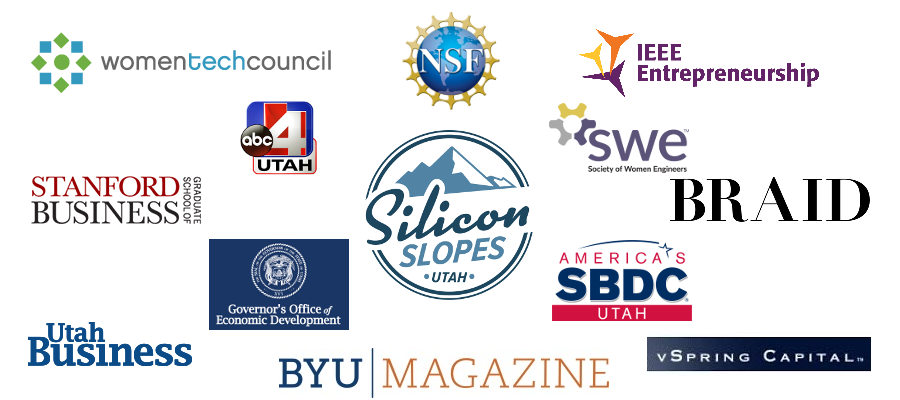Last week, I wrote that entrepreneurs should assume that 90% of VC-backed startups are a total loss for the entrepreneur. I specifically said that, as you set out as an entrepreneur, it is important to remember that, until the day that you either sell to a big acquirer (for many times the invested capital) or you do an IPO, you should consider that common stock is worth zero. I suggested that you should make sure to get some preferred stock any legitimate way you can. This week I have some ideas on how to do exactly that!
When we created our last company, DoBox, there were three co-founders, me (Pres & CEO), Brad (CTO and my husband) and our third co-founder, our Director of R&D. Brad and I, of course had the benefit of two incomes, our third co-founder didn’t, and we were further along in our careers (read “older”) than he was and had more cash on hand. So we put in about $20,000 initial equity, and then our co-founder “earned out” his equity through work (he had to pay taxes on it, but that’s it). We had a split of 37.5% for me, 37.5% for Brad, and 25% for our partner, because Brad and I were contributing more time and cash.
If I were to do this today, I wouldn’t put it more than a few hundred dollars each for the founding equity – and I would have had all three of us buy our common stock with actual cash on the same cost per share basis (share distribution depends upon effort, IP contributions etc). Then, Brad and I would have contributed the additional $20k differently, to help pay for hard costs (these might include prototyping, raising $$ etc). In addition, for a full year, the company (nearly 20 people!) were officed in our basement – for free, saving the company another roughly $20k. Finally, Brad and I took a significant discount in compensation, contributing another $100,000 over 2 years that the company didn’t have to pay, again because we are entrepreneurs. As a note, studies have shown that entrepreneurs work for less than “hired gun” CEOs….this isn’t really a good thing for the entrepreneur!
You see, we didn’t get anything extra for putting cash on the barrel head or for providing free real estate or for taking a salary discount. Investors view it as “it’s your company, of course you put cash in, sacrifice, etc”, but we only had common stock for all of our significant contributions. I will note that we volunteered all of these items as dedicated entrepreneurs (our investors were great!), it was not until looking back over the entire experience I could see the mistakes we had made. Instead of the “in kind” contributions, we should have charged the company market rates on all items, rent, salary etc, and then lined up next to our investors and put our cash in on the same terms that they received.
That’s the key to getting preferred stock for your “cash in” to the company, assuming it’s substantial – simply make sure you are investing alongside your investors!
One mechanism way is the traditional “convertible note”. Under a convertible note, cash goes into the company as a loan (with repayment and interest terms), but if certain milestones are achieved, such as receiving outside investment, the note “converts” to preferred stock at “better” terms than the investors. Usually better means a fraction of the investors’ price per share or receiving shares plus warrants. These convertible terms are “better” than the final investor round because the money came in at an early, more risky time. There are now several new investment mechanisms, such as SAFE or SIMPLE, where investments come in as equity, but still without setting a value on the company.
These are all mechanisms that are used for angel rounds, rather than setting a valuation before the professional investors, the angels invest and get some type of multiple of the later VC investment valuation. This is well accepted by the VC industry and sophisticated investors.
This may not be a standard maneuver for entrepreneurs yet, and you may get some pushback or attempts to renegotiate the terms, but you have a strong case, particularly if you have a significant amount of money to invest in the company. This is one way to make sure that you get a share of preferred shares as your “backup position” in case you are one of the 90%, rather than one of the 10%. I know that if we had taken rent or additional salary we would have to pay taxes, but we would also have had additional cash to invest, and to invest alongside our investors on the same preferred terms they had.
I wish that is what we had done, and I hope that it might help you too!

